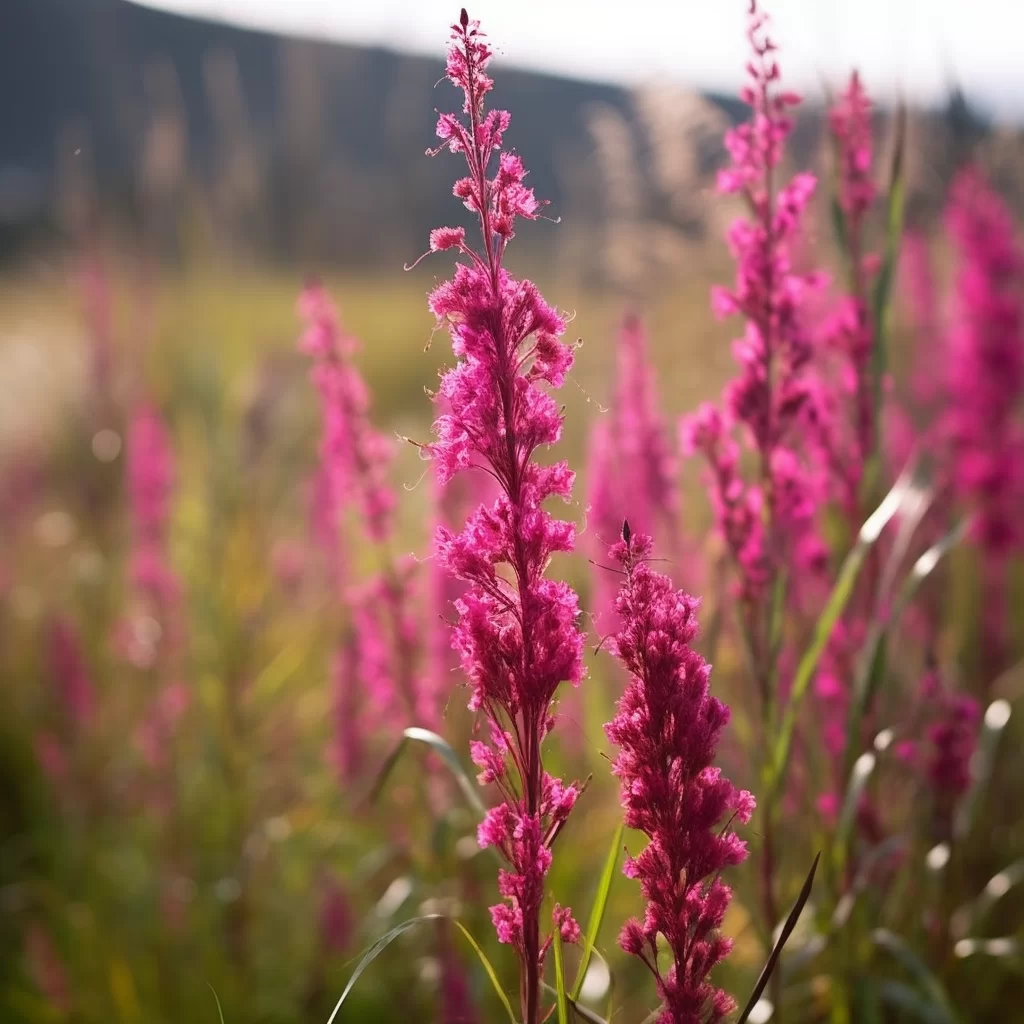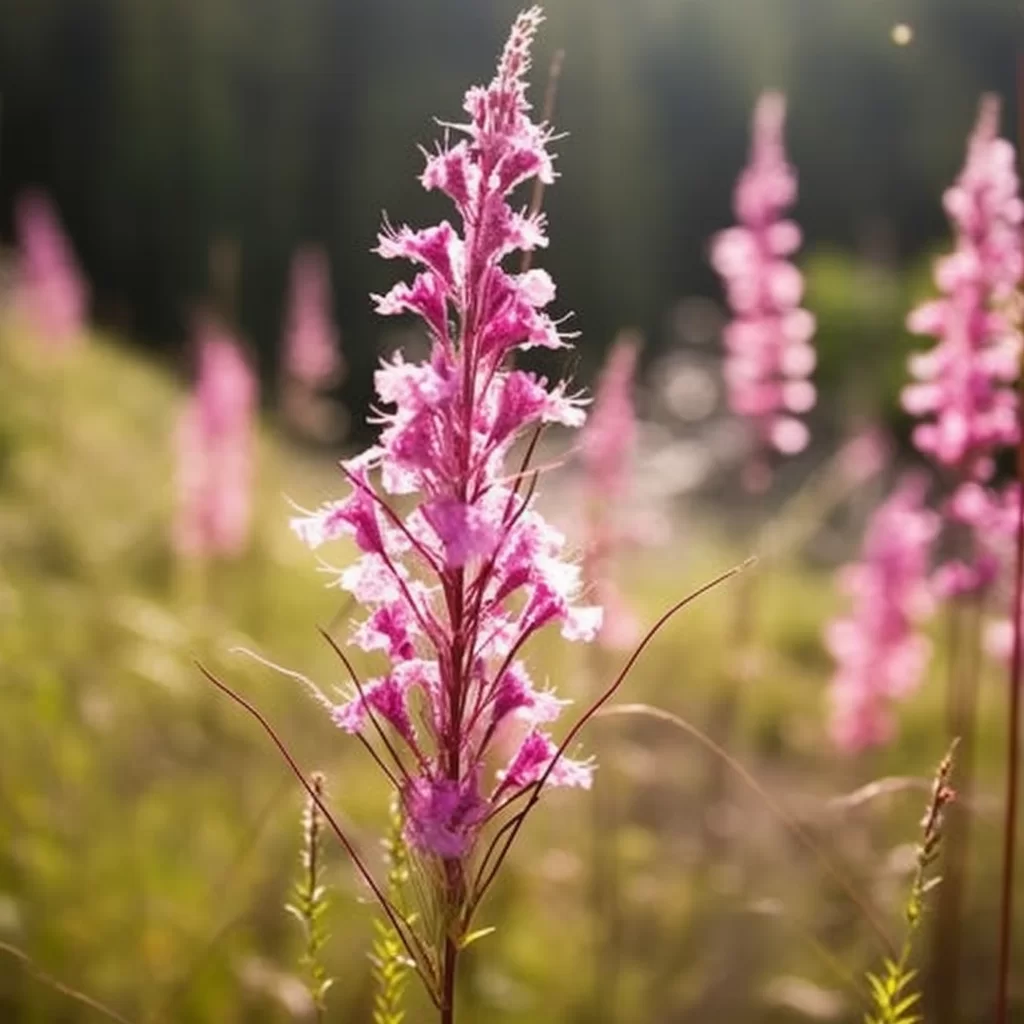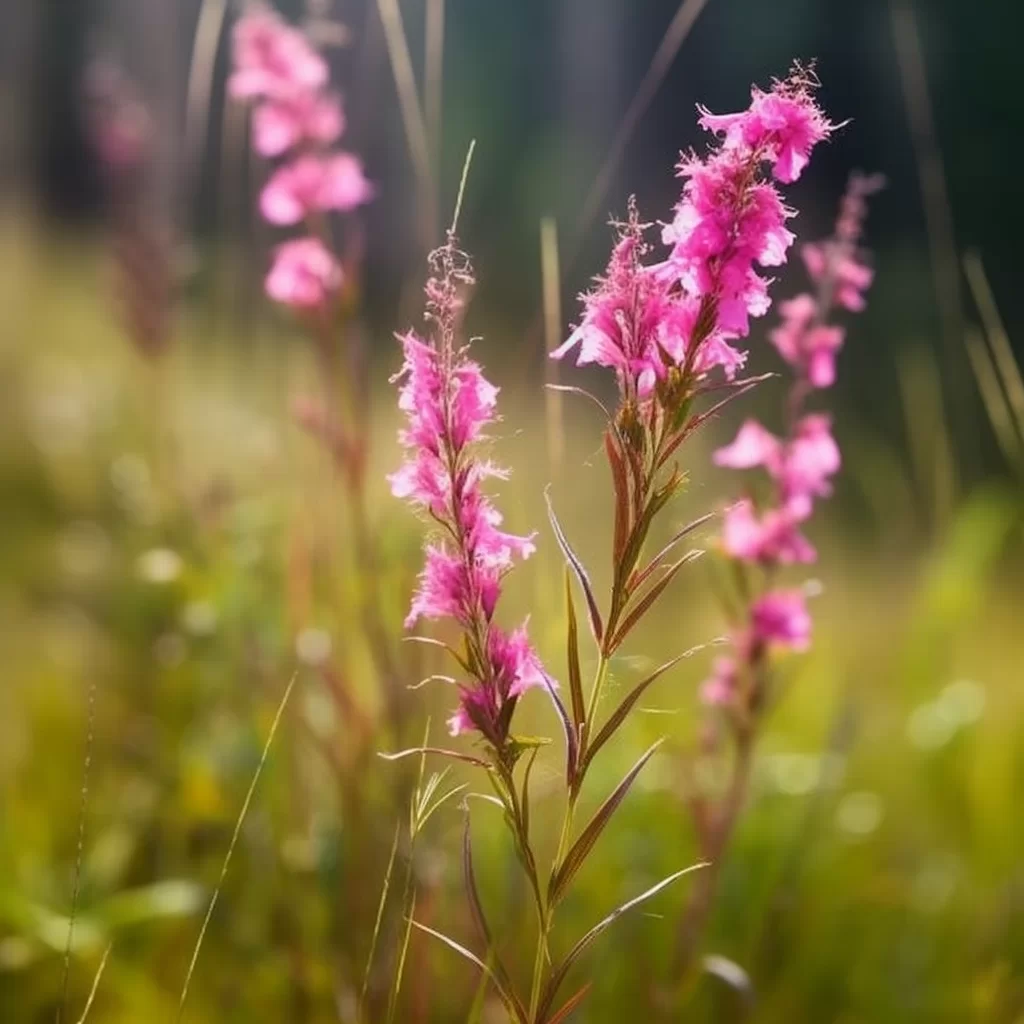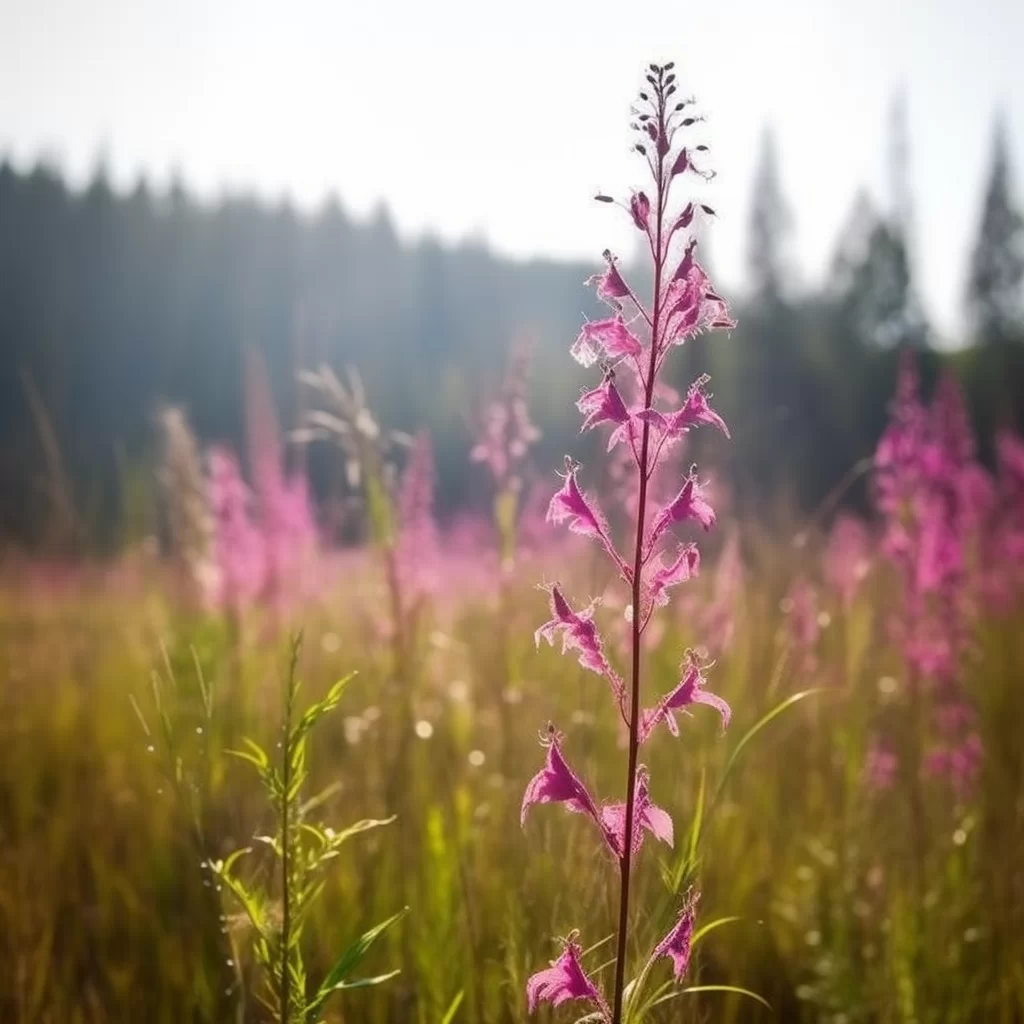Story of Day :
Contents
The Complete Guide and Care Tips for Fireweed Plant
Gardening is an incredibly fulfilling pastime that enables us to immerse ourselves in nature.
We can create a serene sanctuary right in our own backyard, providing a refuge from the chaos of everyday life.
Although there are countless plants we can grow, if you’re searching for something distinctive, the fireweed plant is an excellent option.
We’ll be exploring how to care for your fireweed plant and providing you with a comprehensive guide in this article.The fireweed plant is a beautiful and unique choice that’s sure to add some pizzazz to your garden.
It’s also easy to care for and maintain once it’s established.
By following some simple guidelines on watering, soil preparation, and pruning techniques, you’ll be able to enjoy the beauty of this vibrant plant year after year.
So why not give gardening with fireweed plants a try? You won’t regret it!
What is Fireweed Plant?
Fireweed plant (Epilobium angustifolium) is a perennial herb native to North America, Europe, and Asia.
It grows up to six feet tall with purple-pink flowers blooming at the top of its stem during summer months.
Its leaves are narrow and long with jagged edges.
Where Can You Grow Fireweed Plant?
Fireweed plant can grow in a wide range of soil types but prefers moist areas such as streambanks or damp meadows.
It can tolerate acidic soils but does not do well in heavy clay soils or dry conditions.

Sunlight Requirements
The fire weed plant requires full sunlight exposure for optimal growth performance.
Ideal Temperature Range
- The ideal temperature range for growing fire weed plants should be between 55°F-75°F (13°C-24°C).
- If grown indoors, it requires good air circulation
.
Fireweed plants are a beautiful addition to any garden.
They grow best in well-draining soil and need plenty of sunlight to thrive.
These plants also require regular watering, especially during hot and dry weather.
To keep your fireweed healthy, it is important to remove any dead or damaged branches promptly.
Pruning can also help encourage new growth and promote a bushier appearance.To ensure the longevity of your fireweed plant, it’s essential to fertilize them at least once a year using organic compost or slow-release fertilizer.
Additionally, these plants are self-seeding so if you do not want them spreading too much, remove the spent flowers before they turn into seed pods.
With good care and attention, your fireweed will bloom with vibrant pinkish-purple flowers from mid-summer through fall!
- Soil Preparation: Prior planting your fire weed seedlings ensure your soil has enough water retention capacity by adding organic matter.
Mix your garden soil with compost, peat moss, or well-rotted manure and ensure the soil is moist but not waterlogged.
- Watering: Fireweed plant requires moderate watering to avoid overwatering, which may lead to root rot.
Water your fireweed frequently when young but slow down once established since it can tolerate mild droughts.
- Fertilizer: Avoid over-fertilizing your fireweed plants and instead apply a balanced 10-10-10 fertilizer during spring and summer months when growth is at its peak.
- Mulching :Add a layer of mulch around the base of your fire weed plants to help retain moisture in the soil while also suppressing weeds from growing
.
Pests and Diseases that Can Affect Fire Weed Plants
If you’re someone who loves gardening and wants to add some beautiful plants to your garden without the hassle of dealing with too many pests and diseases, then fireweed might be a perfect choice for you! This plant is known for being highly resistant to most pests and diseases, making it a low-maintenance addition to any garden.
However, while fireweed may not have too many issues with pests or diseases, it’s always better to be cautious.
Keep an eye out for any common bugs or illnesses that could potentially harm your plants, so that you can take steps to prevent them from becoming a problem.Some of the pests and diseases that can affect fireweed include aphids, slugs, and powdery mildew.
While these problems are relatively uncommon in comparison to other plants, they can still cause damage if left unchecked.
If you notice any signs of these issues on your fireweed plants – such as yellowing leaves or discoloration – it’s important to act quickly so that you can prevent further damage from occurring.
Overall though, if properly cared for and monitored regularly, fireweed is an excellent option for those looking for a fuss-free plant with few potential problems!

- Aphids: These tiny insects suck sap from leaves leading to weak growth; use insecticidal soap or neem oil spray for control.
- Caterpillars: Some caterpillar species such as loopers can cause significant damage by feeding on leaves; handpick them off with gloves or use Bacillus thuringiensis (Bt) spray.
Fireweed plants are a popular choice for those looking to harvest wild plants.
These tall, beautiful plants can be found in many areas of North America and are known for their medicinal properties.
The leaves and flowers of the fireweed plant can be harvested to make tea or tinctures that have been shown to have anti-inflammatory properties.
Additionally, the young shoots of the plant can be eaten raw or cooked as a nutritious vegetable.When it comes to harvesting fireweed plants, it is important to do so sustainably and responsibly.
It is recommended that only about one-third of the plant’s leaves and flowers should be harvested at a time, allowing the rest of the plant to continue growing and producing more foliage.
Harvesting should also take place in areas where there are abundant fireweed populations so as not to deplete any one area too heavily.
With proper care taken during harvesting, these beautiful plants can provide both health benefits and culinary delights for many years to come.
Fire weed plants are a beautiful sight to behold during the summer months when they produce stunning pink and purple flowers.
However, for those looking to harvest them, late summer is the best time as this is when they are fully bloomed and open.
For optimal freshness, it is advisable to use scissors to cut off flower heads as soon as they bloom.
Additionally, cutting stems about one foot above ground level allows new shoots to sprout from the base of the plant. When harvesting fire weed plants, it’s important to keep in mind that cutting them at the right time plays a crucial role in their quality.
When harvesting fire weed plants, it’s important to keep in mind that cutting them at the right time plays a crucial role in their quality.
Late summer presents an ideal opportunity for those seeking high-quality blooms because this is when their flowers have fully opened up and are ripe for harvesting.
It’s recommended that you use scissors instead of plucking with your fingers if you want fresher cuts of these flowers once harvested.
Furthermore, by snipping stems just above ground level allows new shoots on fireweed plants while also helping them regrow even stronger so that you can continue enjoying their beauty year after year!
Conclusion
Fireweed plant is an excellent addition to your garden with its beautiful purple-pink flowers and easy-to-care-for nature.
By following the care tips outlined in this article, you can ensure that your fireweed plants thrive while also avoiding pests and diseases that commonly affect them.
With proper care, you can enjoy a stunning display of blooms during summer months for years to come!